Rising Demand for Diagnostic Tools
The intraoral cameras market is experiencing a notable surge in demand for advanced diagnostic tools. As dental professionals increasingly seek to enhance diagnostic accuracy, the adoption of intraoral cameras has become more prevalent. These devices facilitate real-time imaging, allowing for better visualization of oral conditions. According to recent data, the market is projected to grow at a CAGR of approximately 8% over the next few years. This growth is driven by the need for precise diagnostics and improved patient outcomes, which are critical in the competitive landscape of dental care. The intraoral cameras market is thus positioned to benefit from this rising demand, as practitioners recognize the value of integrating these technologies into their practices.
Growing Emphasis on Aesthetic Dentistry
The intraoral cameras market is significantly influenced by the increasing focus on aesthetic dentistry. As patients become more conscious of their oral appearance, dental practices are adopting advanced technologies to meet these expectations. Intraoral cameras play a crucial role in aesthetic procedures by providing detailed images that assist in treatment planning and patient education. The market for aesthetic dentistry is expected to expand, with estimates suggesting a growth rate of around 7% annually. This trend indicates that the intraoral cameras market will likely see heightened investment as dental professionals strive to offer comprehensive aesthetic solutions, thereby enhancing patient satisfaction and loyalty.
Increased Focus on Preventive Dentistry
The intraoral cameras market is benefiting from a heightened focus on preventive dentistry. As dental professionals emphasize early detection and intervention, intraoral cameras serve as vital tools for identifying potential issues before they escalate. This proactive approach aligns with the growing awareness among patients regarding oral health, leading to increased demand for preventive services. The intraoral cameras market is likely to see a rise in adoption rates, as practitioners leverage these devices to educate patients about their oral health. This trend not only enhances patient engagement but also contributes to better long-term outcomes, reinforcing the importance of preventive care in modern dentistry.
Integration of Digital Technologies in Dentistry
The integration of digital technologies into dental practices is a key driver for the intraoral cameras market. As practices transition to digital workflows, the demand for intraoral cameras has increased, facilitating seamless communication between dental professionals and patients. These cameras not only improve diagnostic capabilities but also enhance the overall patient experience through visual aids. The intraoral cameras market is poised for growth, with projections indicating a potential market value exceeding $500 million by 2027. This shift towards digitalization reflects a broader trend in healthcare, where technology adoption is essential for improving efficiency and patient care.
Regulatory Support for Advanced Dental Technologies
The intraoral cameras market is positively impacted by regulatory support for advanced dental technologies. Government initiatives aimed at promoting innovation in healthcare are encouraging the adoption of intraoral cameras in dental practices. Regulatory bodies are increasingly recognizing the importance of these devices in improving diagnostic accuracy and patient care. This support is likely to foster a favorable environment for the intraoral cameras market, as manufacturers and practitioners benefit from streamlined approval processes and incentives for adopting cutting-edge technologies. As regulations evolve, the market is expected to expand, driven by the integration of innovative solutions that enhance dental practice efficiency.


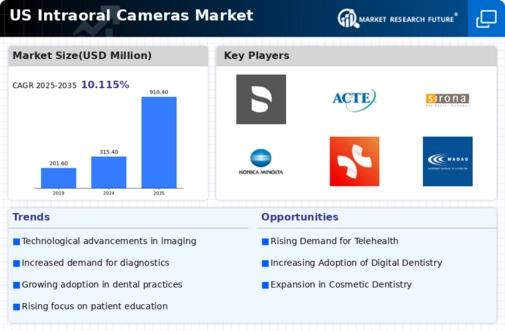
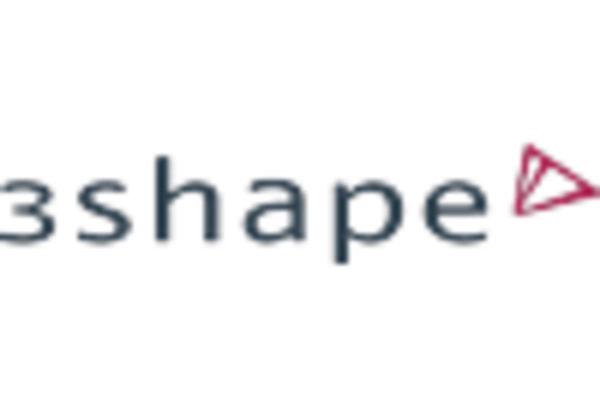

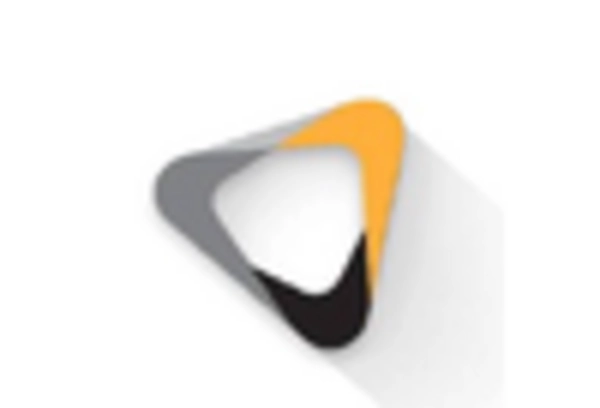
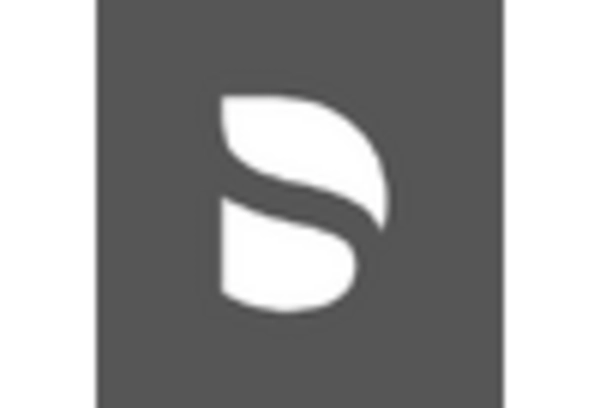
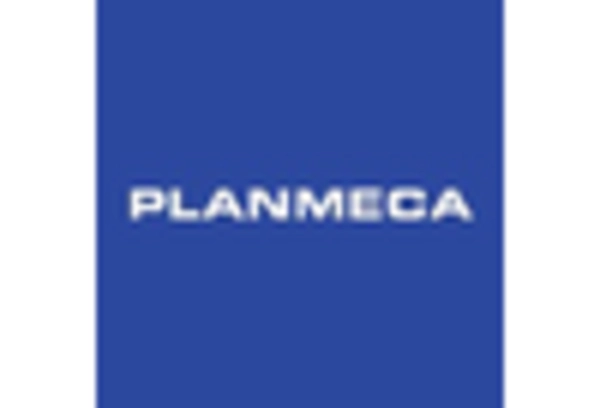
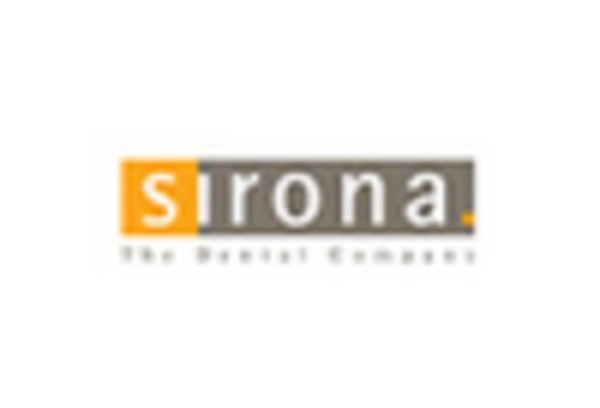








Leave a Comment